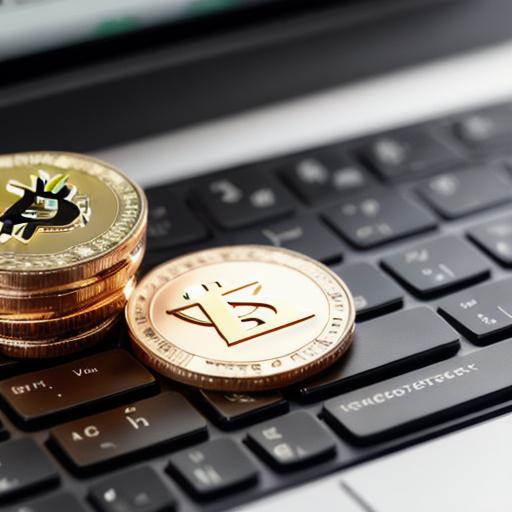The decentralized web (Web3) is the next big thing, and it’s already here. It’s a revolutionary new way of building applications that are more secure, faster, and more efficient than anything we’ve had before. The key to unlocking the power of Web3 is Metamask, a popular web wallet that makes it easy for developers to integrate with the decentralized network.
Metamask: A Game-Changing Web Wallet
Metamask is a popular web wallet that allows users to store and manage their cryptocurrencies in a secure, user-friendly interface. It’s built on top of Ethereum, the most popular blockchain platform for building decentralized applications (dApps). With Metamask, users can easily send and receive Ether (ETH) and other tokens, as well as interact with smart contracts, which are self-executing contracts with the terms of the agreement written directly into code.
One of the key advantages of Metamask is its ability to integrate with a wide range of dApps. This means that users can use their Metamask wallet to access a variety of decentralized services, from buying and selling NFTs (non-fungible tokens) to playing games to DeFi (decentralized finance) applications.

Metamask Web3 Integration: Unlocking the Power of Decentralized Applications
The real power of Metamask lies in its ability to integrate with the decentralized web, or Web3. With Web3, developers can build applications that are more secure, faster, and more efficient than anything we’ve had before. This is because Web3 applications are built on a peer-to-peer network, rather than relying on a central authority to manage data and transactions.
One of the key benefits of building decentralized applications with Metamask is that they can be more secure than traditional applications. Because there’s no central point of failure, it’s much harder for hackers to compromise the system. In addition, because all data and transactions are stored on the blockchain, they’re tamper-proof, which means that they can’t be altered or deleted without leaving a trace.
Metamask Web3 Integration: Real-World Examples
There are already many real-world examples of decentralized applications built with Metamask and other web wallets. One popular example is OpenSea, an NFT marketplace that allows users to buy and sell digital art and collectibles. Another example is Aave, a decentralized lending platform that lets users borrow and lend Ether and other tokens.
These are just a few examples of the many amazing things that can be done with decentralized applications built on Web3. The possibilities are endless, from building games and social networks to creating new forms of finance and commerce.

Metamask Web3 Integration: A Bright Future for Developers
The future of web development is bright, thanks in large part to Metamask and other web wallets. With the ability to build decentralized applications on Web3, developers have a whole new world of possibilities at their fingertips. They can create applications that are more secure, faster, and more efficient than anything we’ve had before, and they can do it without relying on a central authority to manage data and transactions.
As the decentralized web continues to grow, Metamask will play an increasingly important role in unlocking its full potential. With its user-friendly interface and powerful integration capabilities, Metamask is the perfect tool for developers who want to build the next generation of decentralized applications.
